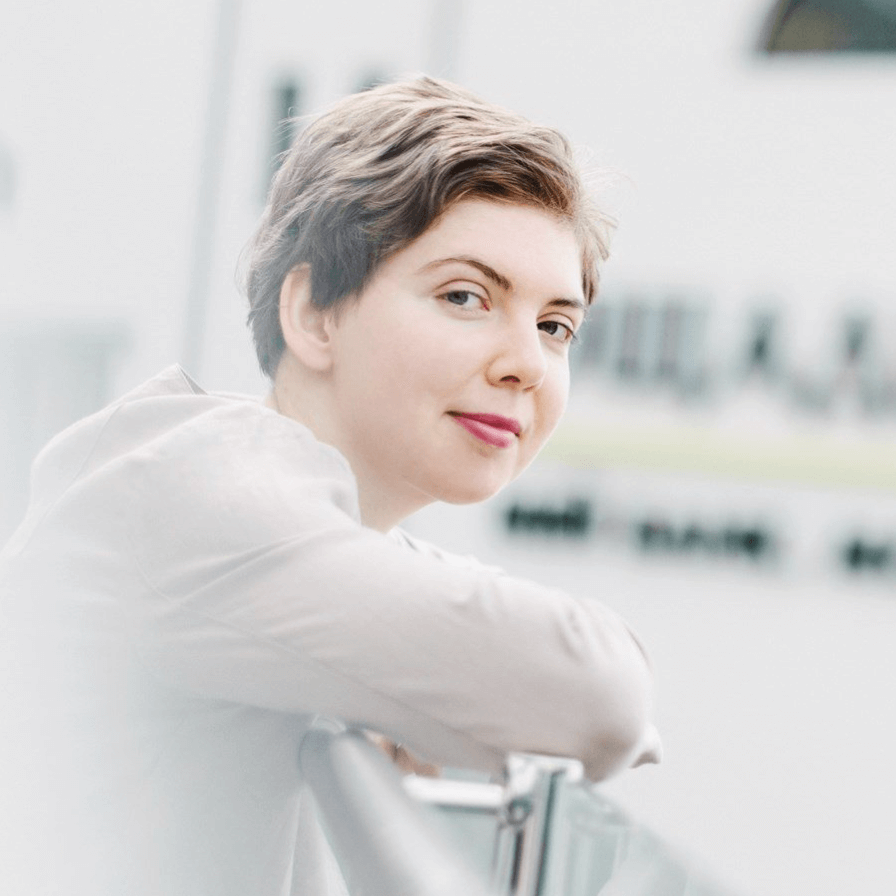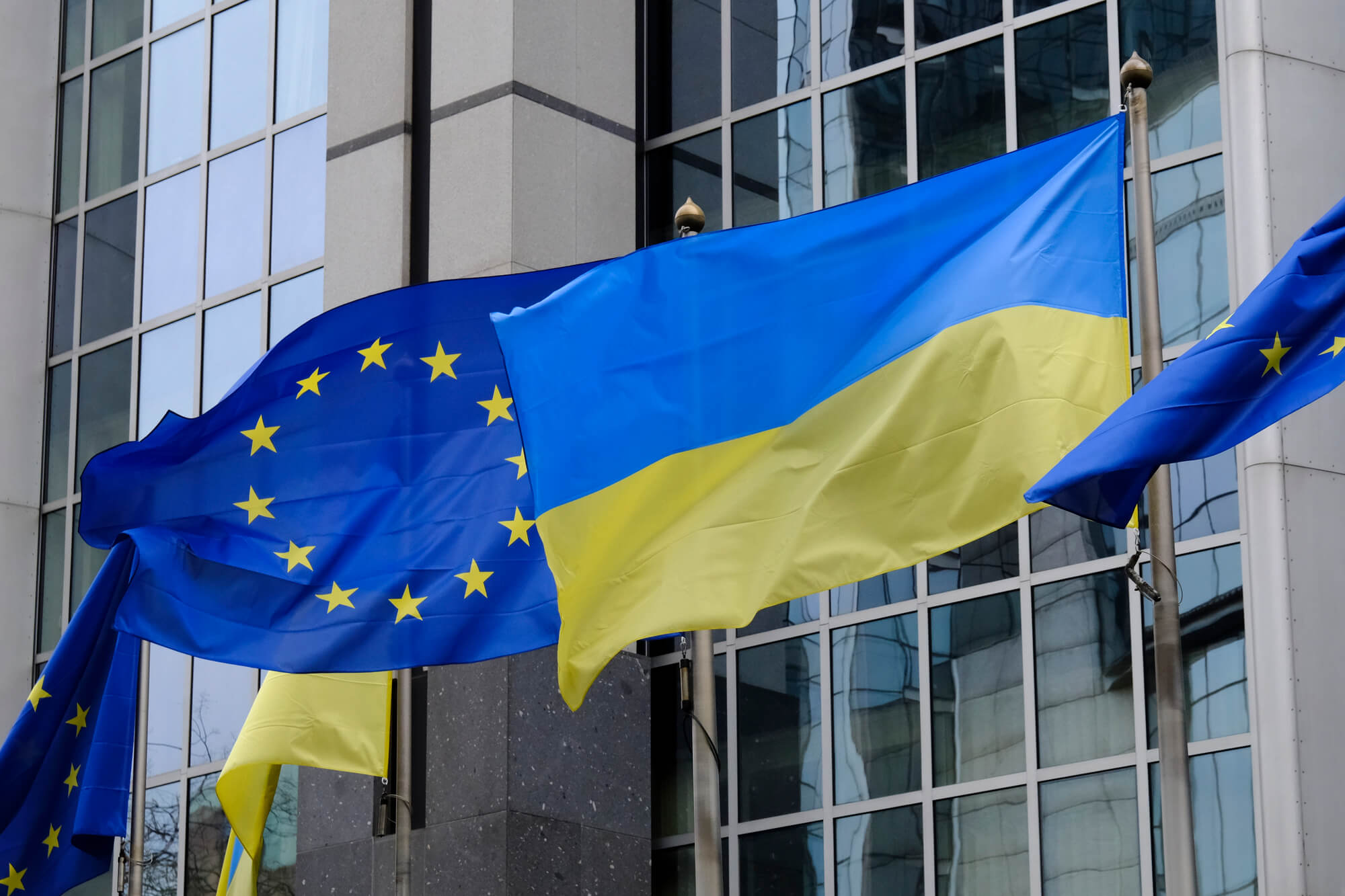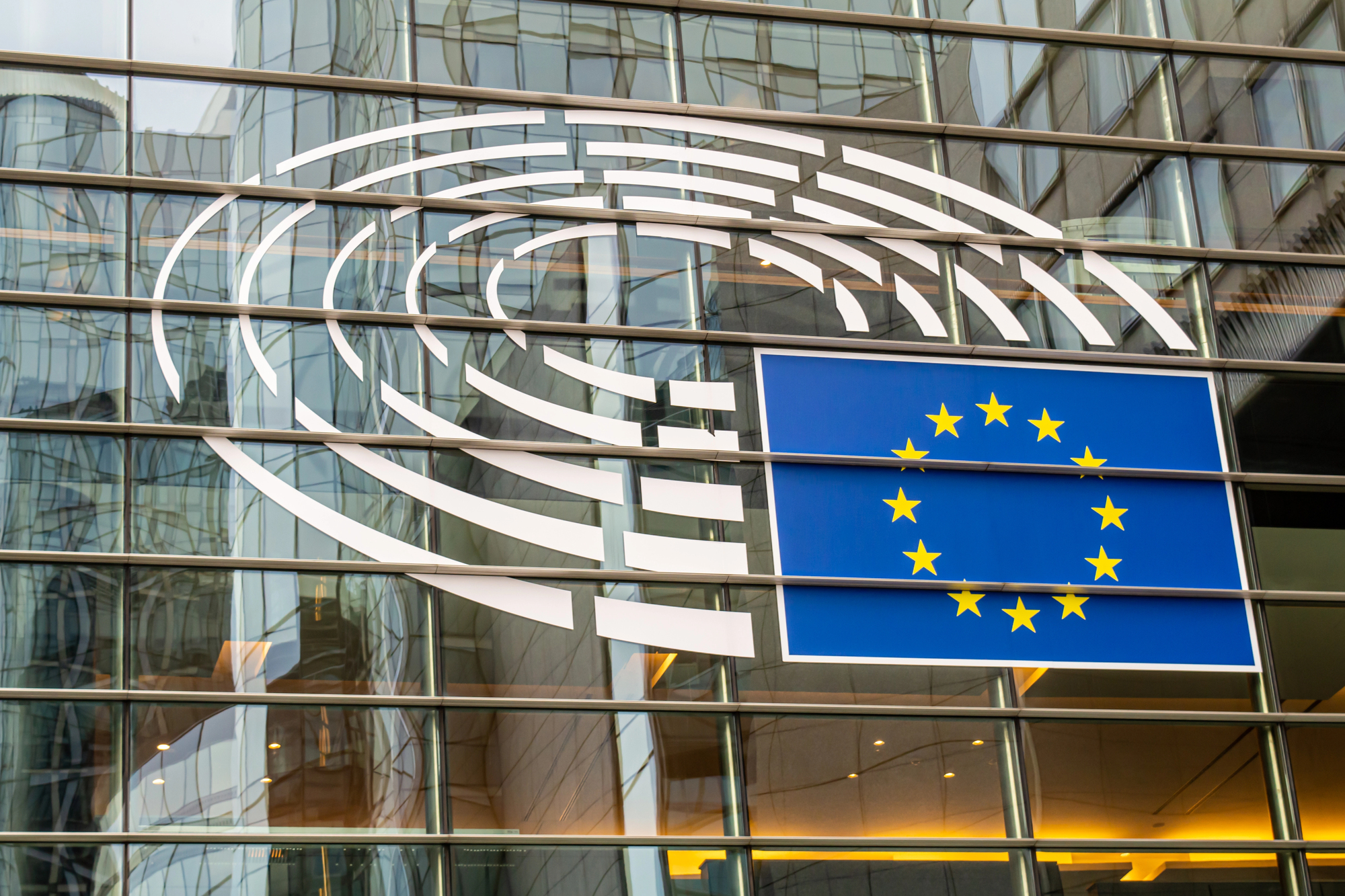“If we take, say, the cost of a square meter of real estate in the city center, around the town hall on Ploshcha Rynok, and calculate how much space is taken up by cars, we’ll be very much surprised how irrationally and inefficiently the space in the city center is used,” says Nazariy Rohiv, deputy director of the Department of Infrastructure, Housing and Communal Policy of the Ivano-Frankivsk City Council.
Since November, VoxUkraine in partnership with the local media has been holding twelve online meetings with city hromadas across Ukraine to discuss topics of importance to local self-government. The tenth meeting was held with the support of the “Kurs” media with the Ivano-Frankivsk hromada about the city’s transport projects and the challenges associated with them.
We talked with the representatives of municipal institutions and the city authorities about how to optimize the way the city runs so that its residents can move around fast, comfortably and affordably, the demand prospects for transport services for its residents and guests, the city’s priorities, including what is critical to mobility, and the transport projects in the works in 2021.
The discussion was attended by Petro Shkutiak, deputy mayor for projects and investments of the Ivano-Frankivsk City Council, Nazariy Rohiv, deputy director of the Department of Infrastructure, Housing and Communal Policy of the Ivano-Frankivsk City Council, Vitaliy Holutiak, director at Elektroavtotrans, and Viktor Zahrebа, a transport infrastructure and road safety expert, head of NGO Vision Zero and advisor to the Minister of infrastructure of Ukraine.
The discussion was moderated by Yuliia Mincheva, project leader at VoxUkraine.
You can watch a recording of the discussion here.
The main conclusions. A key component of the Sustainable Mobility Strategy in Ivano-Frankivsk is the transportation strategy. Over the past four years, the number of cars in the city has increased, as have traffic jams and parking problems. To tackle these problems, the city makes some streets pedestrian-only, builds new parking spaces, and develops driver incentives and electric transport.
Sustainable Mobility Strategy. What is it for?
Three or four years back, Ivano-Frankivsk did not have traffic congestion problems because there were not so many cars on the roads. However, today traffic congestion is part of the life of Frankivsk residents because the city’s streets and road system cannot “digest” the number of cars flowing in. Viktor Zahrebа points to this adding that the Sustainable Mobility Strategy provides an answer to such challenges.
The Strategy’s key component is the urban transportation concept in the works together with their German colleagues. In 2013, Frankivsk and Dresden signed a memorandum of cooperation to develop the transportation concept for the city.
“They told us that transport should be regarded as having five components: pedestrian traffic, bicycle transport, public transport, parking, private transport. We are currently working on a document called the Public Transportation Development Program. Together with the urban transportation concept, they will form the basis of Ivano-Frankivsk’s sustainable urban mobility plan,” says Nazariy Rohiv .
Public transportation is one of the priority development areas. Therefore, the municipal transport operator, CE Elektroavtotrans, is already actively getting new road vehicles. Progress is being made in other areas too. The city authorities renovated a number of streets making them pedestrian-only, keep working on the concept of adjusting the parking space, and tackle issues around private transport in the city. According to Rohiv, the city will have an adaptive traffic control system enabling the signals to adapt to traffic demand.
Petro Shkutiak adds that developing the transportation network constitutes a significant part of the Safe Future project, implemented with the support of the European Union and providing for the creation of a large data center in Ivano-Frankivsk. “We’re working on the concept of a smart city based on this project. We will start with security, connecting all surveillance cameras, and we also plan on connecting smart traffic lights, intersections, illumination, traffic trackers.”
Developing the public transportation network is also important because the city has grown significantly. 18 localities have joined the city and these places should be integrated into the transportation network of Ivano-Frankivsk. “There are more people, more cars, and more people needing to travel around. It is important for us, however, to make Ivano-Frankivsk a city to live in, where people know that they are not in some crazy traffic jams, being able to move safely around the city wherever necessary. This is our vision,” remarks Shkutiak.
Car park inspectors and driver incentives
Parking is a big problem for the city, especially in the center. “A car should not be parked under the town hall creating inconveniences. Even simply taking up space, which is extremely expensive,” says Nazariy Rohiv. The authorities’ position is that such spaces should be vacated for the city residents and guests.
But where should the cars go? According to Rohiv, the City Council is currently working on a parking strategy, the concept of parking spaces, planning to have even more pedestrian-only streets with parking areas.
He notes that Frankivsk residents are reluctant to pay for parking services and instead they leave their cars simply on the sidewalk and even in the yards of other people’s apartment buildings. That is why the city’s car park inspectors are at work.
“We are planning to improve and speed up their work, hand out tablets to them. A tablet will scan the plate, and the parking inspector will immediately see if the car owner paid for this service or not. If not, a parking ticket is automatically issued and entered in the register of administrative offenses,” says Rohiv.
The City Council is pondering another decision to incentivize car owners: those who paid for parking may travel for free on public transport.
“It is such an incentive to park your car and travel further to the central part of the city by trolleybus, which is eco-friendly and does not harm the environment. Accordingly, it helps free the central part of the city from being crammed with cars.”
This initiative is embedded in the city’s concept of developing public transportation. Because, according to Vitaliy Holutiak, the concept aims to get people to switch from private cars and buses to electric vehicles. This requires clean, safe, and high-speed vehicles. For the first time in 26 years, a new trolleybus line and a new substation are being built in the city. This will increase the number of trolleybus routes. Holutiak notes that is a complex and expensive decision that often makes cities opt out of using electric vehicles and buy new buses. The share of electric transport also decreased in Ivano-Frankivsk. However, according to Holutiak, the future of urban transportation is still electric transport.
We thank VoxCheck interns Nadiia Kachmar and Artem Artemchuk for their help in preparing the article.
This event was organized as part of the ENGAGE Program, funded by the United States Agency for International Development (USAID) and implemented by Pact in Ukraine. The contents of this event are solely the responsibility of Pact and its partners and do not necessarily reflect the views of the United States Agency for International Development (USAID) or the United States Government.
Attention
The author doesn`t work for, consult to, own shares in or receive funding from any company or organization that would benefit from this article, and have no relevant affiliations



